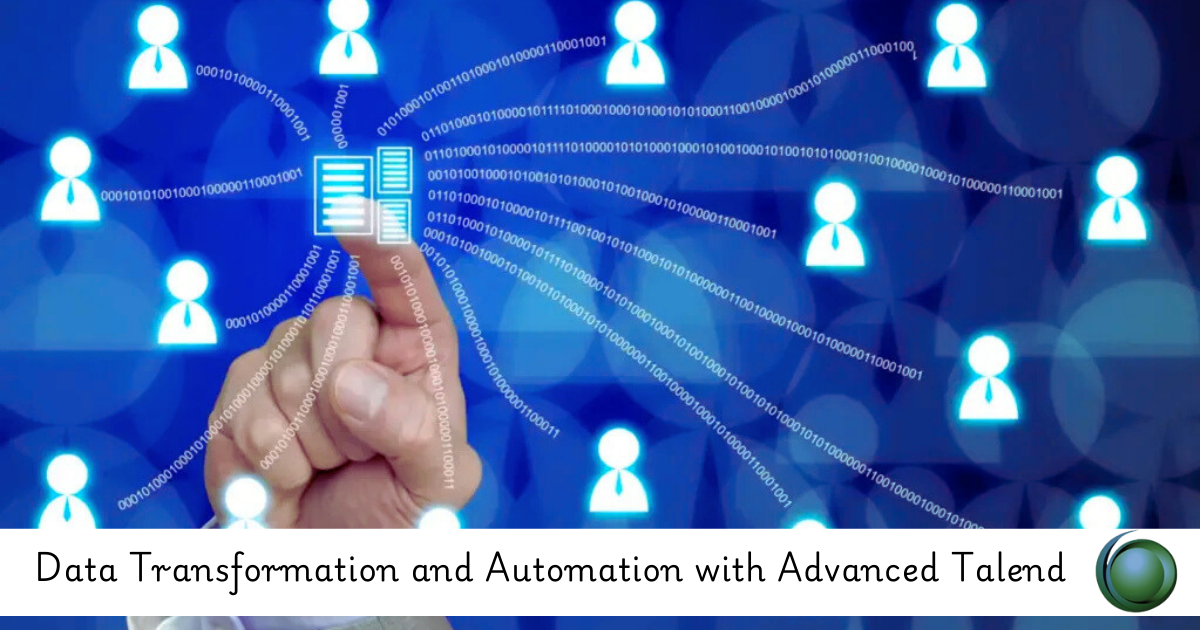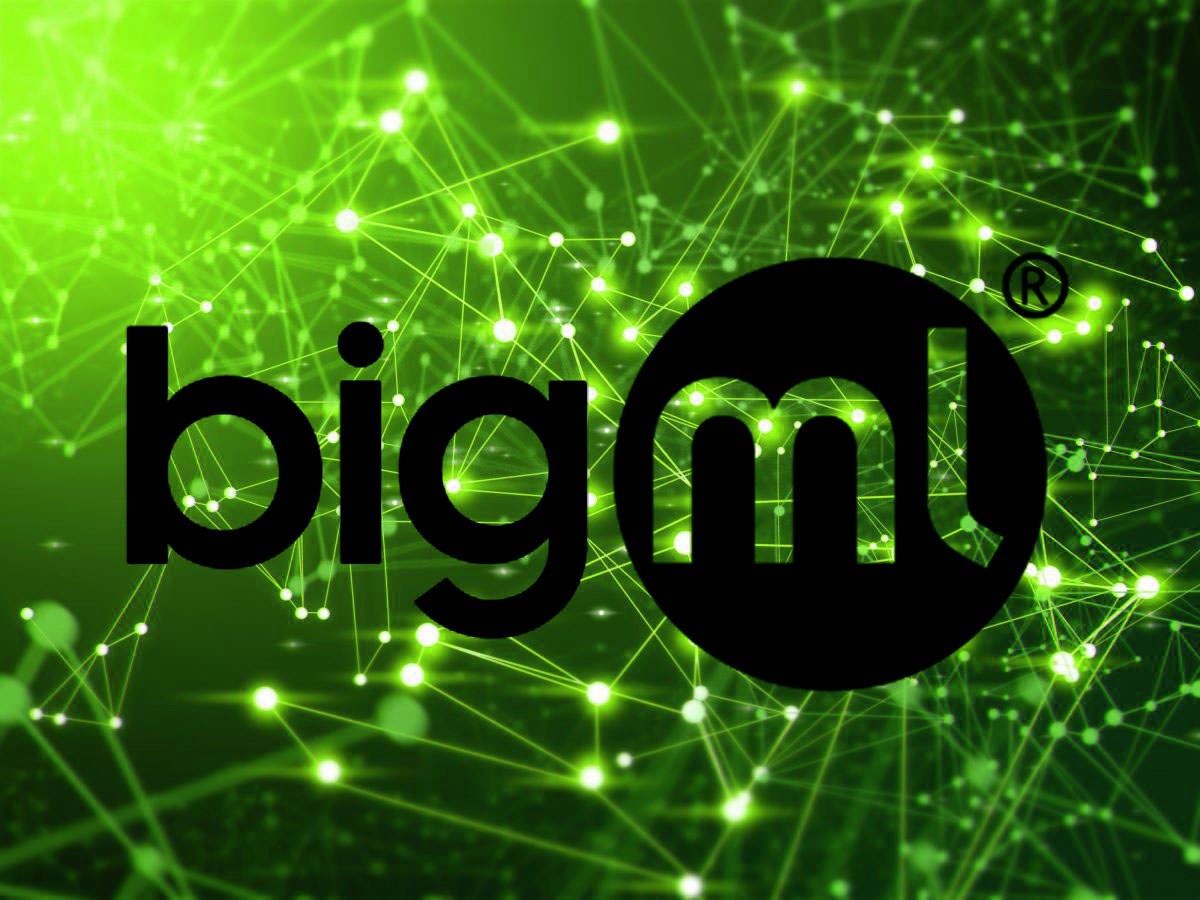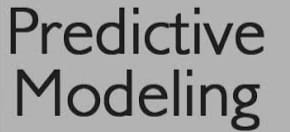Description
Introduction:
Welcome to Data Transformation & Automation with Talend! This advanced course delves deeper into Talend’s capabilities, focusing on sophisticated data transformation techniques and automation strategies. Designed for experienced data integration professionals, this course will expand participants’ skills in handling complex data transformation scenarios and automating ETL processes. Participants will learn advanced techniques for optimizing performance, managing large datasets, and automating workflows to streamline data integration and processing tasks in Talend.
Prerequisites:
- Completion of the Talend Fundamentals: Getting Started with Data Integration course or equivalent experience with Talend.
- Proficiency in data integration concepts and ETL processes.
- Experience with Talend Studio and basic job design.
- Familiarity with databases, SQL, and scripting languages.
- Basic understanding of data transformation and quality concepts.
Table of Content:







Reviews
There are no reviews yet.